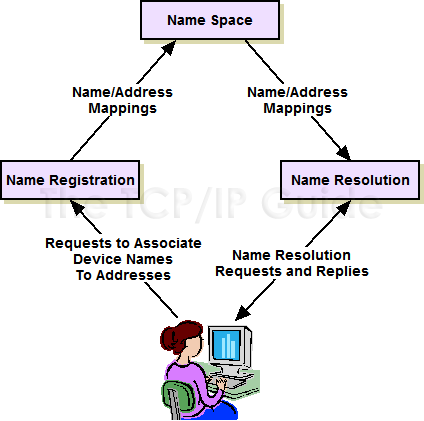 |
|
Please Whitelist This Site?
I know everyone hates ads. But please understand that I am providing premium content for free that takes hundreds of hours of time to research and write. I don't want to go to a pay-only model like some sites, but when more and more people block ads, I end up working for free. And I have a family to support, just like you. :)
If you like The TCP/IP Guide, please consider the download version. It's priced very economically and you can read all of it in a convenient format without ads.
If you want to use this site for free, I'd be grateful if you could add the site to the whitelist for Adblock. To do so, just open the Adblock menu and select "Disable on tcpipguide.com". Or go to the Tools menu and select "Adblock Plus Preferences...". Then click "Add Filter..." at the bottom, and add this string: "@@||tcpipguide.com^$document". Then just click OK.
Thanks for your understanding!
Sincerely, Charles Kozierok
Author and Publisher, The TCP/IP Guide
|
|
|

Custom Search
|
|
Name System Functions: Name Space, Name Registration and Name Resolution
(Page 2 of 2)
Relationships Between Name System Functions
The name space is more of a “descriptive” function; it is a definition of how names work in the system. Name registration and resolution are more “active” functions, with each name system including one or more specific procedures for how these jobs are carried out. Name registration and resolution are in some ways complements of each other, so certain registration techniques are most often associated with particular resolution methods. In turn, the types of registration and resolution methods that are possible depends on the name space and in particular its architecture. These relationships are shown in simplified form in Figure 231.
|
The processes of registration and resolution can be either quite plain or fairly complicated, depending on the type of name system used. Simple name systems are largely manual in operation, easy to understand and best used in smaller networks. Larger, more complex networks and internetworks require more sophisticated methods of registration and resolution, which work with less need for administrator intervention and scale better as new machines are added to the network.
I should also point out that while I consider name registration and name resolution as “functions” at the highest level, they are probably better thought of as sets of functions. Name registration is necessarily tied into issues such as name system administration and management, and understanding resolution requires that we look at a number of important implementation issues in the areas of efficiency and reliability. The next few topics expand on this overview by considering each of these three functions in more detail.
|
|
| |||||||||||||||||||
Home - Table Of Contents - Contact Us
The TCP/IP Guide (http://www.TCPIPGuide.com)
Version 3.0 - Version Date: September 20, 2005
© Copyright 2001-2005 Charles M. Kozierok. All Rights Reserved.
Not responsible for any loss resulting from the use of this site.








 Key Concept: A name system consists of three theoretical high-level functions: the name space, which describes how names are created and organized; the name registration technique, which is used to set up relationships between names and addresses; and the name resolution method, which is responsible for translating names to addresses.
Key Concept: A name system consists of three theoretical high-level functions: the name space, which describes how names are created and organized; the name registration technique, which is used to set up relationships between names and addresses; and the name resolution method, which is responsible for translating names to addresses.